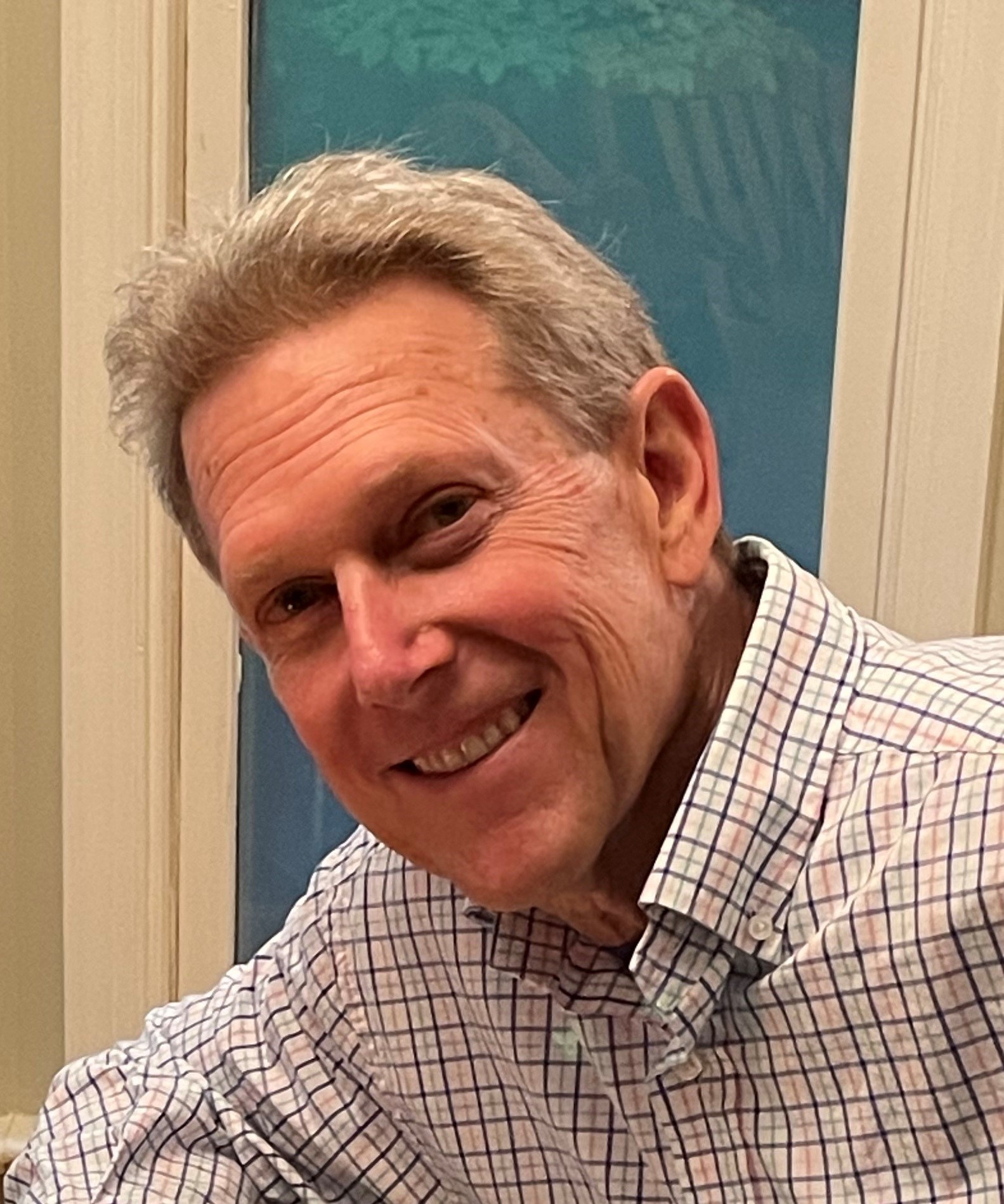
Contact Information
Mark Motter
Electronic Instrumentation Systems AST
Group Lead, Transformative Vehicle and Display Technologies
NASA Langley Research Center
24 West Taylor St.
Mail Stop 152
Hampton, VA 23681
Email: mark.a.motter@nasa.gov
Bio
Dr. Mark Motter came to work at Langley Research Center (LaRC) in September of 1985, after completing his Master’s and Bachelor’s degrees in Electrical Engineering at Old Dominion University. His first job was working on the model positioning system in the Unitary wind tunnel, which provided his first opportunity to be mentored by the Facility Automated Controls Section Head, Dr. John Gilbert. Dr. Gilbert patiently explained the geometric relationship between the actuators, the orientation of the yaw-traverse mechanism, the wind tunnel model attitude, as well as the solution method utilizing the Jacobian of the mechanism to solve the inverse kinematics.
From 1985 until 1992, Mark worked on numerous automated control projects including Mach number and model positioning at the 16-Foot Transonic Tunnel, pressure and temperature control at the 20-inch Supersonic Wind Tunnel, real-time hardware in the loop simulators for applying advanced control methods to wind tunnels and other experimental facilities, including a Large Gap Magnetic Suspension System.
In 1992, Dr. Motter went off to the University of Florida for a year to do his PhD coursework. Upon returning to LaRC, he completed the PhD requirements and dissertation entitled, “Control of the NASA Langley 16 Foot Transonic Tunnel with the self-organizing Feature Map.”
“I would also like to acknowledge the support of this research by NASA Langley Research Center, and the encouragement from both my former branch head, Kenneth L. Jacobs, and the current branch head Carl E. Horne.”
Dr. Motter spent a few years in the Research Directorates of Langley from 1999 until 2004, working with researchers engaged in neural- network based adaptive controllers for unmanned aircraft. A Creativity and Innovation project from 2003 to 2005 resulted in the application of self organizing map controllers as well as other experimental control approaches in a fully automated unmanned flight test vehicle. Further development of the experimental capability was supported by Subsonic Fixed Wing and Environmentally Responsible Aviation Programs, with flight test campaigns conducted at NAS Patuxent River’s Webster Outlying Field from 2008 – 2012. Concurrently during this interval, Dr. Motter designed, simulated, and tested the inflation controller for the successful IRVE 3 experiment, guiding the implementation from a general purpose computing architecture to a FPGA implementation while maintaining the controller functionality. Dr. Motter has collaborated with researchers from Boston University and start- up technology firms to investigate brain-inspired (i.e. neuromorphic) vision-based methods for collision avoidance and navigation, supported by the Center Innovation Fund (CIF) and SBIR awards. His research during that interval was focused on Machine Learning for replacing decisions made by pilot/operators such as a go-around during automated landing, and was part of the Center’s initial autonomy incubation effort.
In 2015, Dr. Motter received the Agency’s Exceptional Service Medal “for exceptional service in controls engineering in support of NASA missions.” He is co-inventor on the US Patent – ”Compound Wing Vertical Takeoff and Landing Small Unmanned Aircraft System” (2017).
Since October of 2017, Dr. Motter has been in RSD’s Unmanned Aircraft Systems (UAS) Operation Office but has worked on numerous projects with the UAS office since it’s inception. He serves as the subject matter expert for UAS autopilot development, integration and usage, as well as a UAS pilot-in-command of both rotary and fixed-wing UAS. He has supported numerous UAS projects, focusing on reliable, fully automated flight.
Dr. Motter is currently on a detail to the Crew Systems and Aviation Operations Branch as lead of the Transformative Displays and Vehicle Technologies group. He is also supporting both the Digitally Enabled Cooperative Operations (DECO) and Pathfinding for Airspace with Autonomous Vehicles (PAAV) projects.
Dr. Motter served in the United States Navy from 1973 until 1979, serving aboard the USS Bainbridge (DLGN-25), the USS Milwaukee (AOR-2) and the USS Dyess (DD-880), accumulating 49-months of sea duty while being promoted to Electronics Technician First Class.